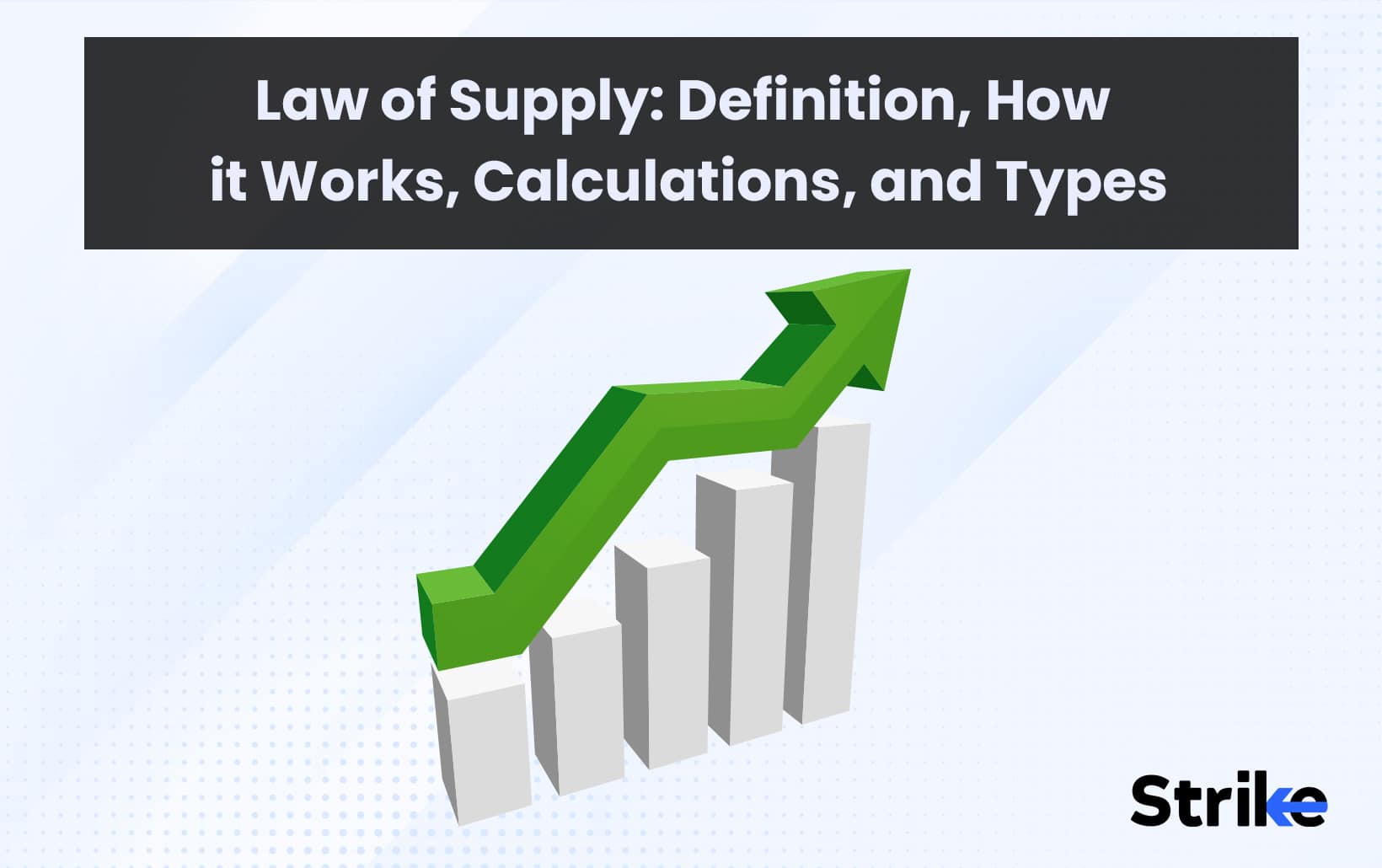
The law of supply is a primary law that governs stock market prices. The law of supply holds that all else being equal, there is a linear relationship between the price and the quantity of products. As the cost of a product or service rises, so will the size of the product or service that suppliers are willing to provide, and vice versa.
According to the law of supply, as the cost of production rises, retailers will increase their stock levels in order to attract more buyers. As a universal principle of microeconomics, the law of supply transcends specific markets and organizational structures.
What is the Law of Supply?
The law of supply states that, all else equal, as the price of a good or service increases, the quantity of the good or service that suppliers are willing and able to provide will also increase, and vice versa. This relationship is represented graphically as an upward-sloping supply curve. The law of supply reflects the basic economic principle that people and firms respond to incentives and that prices play a key role in determining those incentives.
The law of supply is related to the law of supply and demand. The pricing of goods and services in the market are established according to the principles of economics, namely the rule of supply and demand. It is an essential idea for all different kinds and sizes of economies. You can obtain a better understanding of the functioning of a market by being familiar with the principles that underlie this legislation.
How does the Law of Supply work?
The impact that changes in price have on the behaviour of producers is demonstrated by the “law of supply,” which was titled by Adam Smith on supply and demand. A company will produce a greater quantity of video game systems to meet the demand if the cost of a video game system goes up, for instance. On the other side, the company will produce a less quantity of video games if the cost of video game systems drops.
If the price of each system is 2,000 Indian rupees, the corporation might supply 1,000,000 of them; but, if the price climbs to 3,000 Indian rupees, they might supply 1,50,000 of them. Additionally, it illustrates a rise in customer demand. A linear relationship can be seen to exist between supply and price if the ‘Y’ axis represents supply and the ‘X’ axis represents price when displaying this idea in a graphical format.

Consider the process by which gas prices are determined for a further illustration of this notion. When the price of petrol goes up, it prompts businesses that are motivated by profit to engage in a variety of activities. They could conduct additional oil drilling or increase their exploration of potential oil deposits.
They also have the option of making investments in additional pipelines and oil tankers in order to transport the crude oil to refineries, where it will be processed into gasoline. In addition to that, it involves the construction of new oil refineries, the acquisition of extra pipelines and trucks to transport gasoline to gas stations, and the establishment of additional gas stations or the extension of the operating hours of current gas stations.
The law of supply is important because it contributes to an explanation of how the market functions and how prices are established. The interaction of buyers and sellers in a market is what ultimately determines pricing, and this concept is one of the most fundamental ideas in economics. In production, consumption, and commerce, having a solid understanding of the law of supply can help individuals, businesses, and governments make more educated decisions.
It also helps to illustrate how shifts in technology, consumer tastes, and the policies of the government can have an effect on the economy and the general well-being of society. Understanding the law of supply is also vital for forecasting how changes in pricing or other factors will affect the production and consumption of products and services, which can be helpful for businesses and policymakers when making decisions.
Does the Law of Supply affect the stocks in Stock Market?
Yes, Law of supply is particularly relevant when it comes to the stock market because it can be used to predict how changes in economic conditions and company performance will affect the price of a stock.
For instance, it will almost certainly lead to an increase in demand for the stock, which would, in turn, cause the price to go up if a company announces strong financial results,. In a similar vein, the publication of unfavorable financial figures by a company is likely to result in a reduction in the demand for the stock, which in turn will bring to a decline in the price of the stock.
Therefore, investors can employ the law of supply and demand as a strategy for their stock market investments to help them make informed decisions. They are able to utilize the data from the stock market to create predictions about how shifts in the economy and the performance of companies would affect the demand for a specific stock, and then use those predictions to decide whether to buy, sell, or keep onto that stock.
Two ways to calculate the Law of Supply?
There are two ways to calculate law of supply; through a formula and through supply graph.
1. Formula
Law of supply is derived using formulas using supply and demand equilibrium equations. Let us take an example to understand this better.
The two supply and demand equations are given as Qd = 20 – 2P and Qs = -10 + 2P. These equations represent the relationship between the quantity demanded (Qd) and supplied (Qs) of a good or service and its price (P). To find the point where the quantity supplied is equal to the quantity demanded (referred as equilibrium point), we put these two equations together and solve for P and Q.
First, we combine the two equations by making one equal to the other, 20-2P = -10 + 2P. Then, we simplify the equation by adding 20 and 10 on both sides, 20+10 = 4P, which gives us a value of P = 7.5.
Then, we use this value of P to find Q. We can use either of the two equations to find Q, in this case, we use Q = 20 – (2×7.5) = 5. This means at a price of 7.5, the quantity demanded and supplied is 5, which is the equilibrium point.
In another example, let’s say the demand for a new video game console is represented by the equation:
Qd = 50 – 10P
And the supply of the video game console is represented by the equation:
Qs = 20 + 5P
To find the equilibrium point where the quantity demanded is equal to the quantity supplied, we would put the two equations together and solve for P and Q.
First, we make Qd = Qs and we get:
50 – 10P = 20 + 5P
Then we simplify the equation by combining like terms:
30 = 15P
Then we divide both sides by 15 to get the value of P:
P = 2
Then we can use either equation to find Q, lets say we use Qd = 50 – (10*2) = 30.
So at a price of 2, the quantity demanded and supplied is 30, which is the equilibrium point.
2. Supply Curve
The term “supply curve” refers to a graph that illustrates the relationship between the price of a good or service and the amount that is available for purchase over a given amount of time. When plotting points on a graph, the vertical axis is used to indicate the price, while the horizontal axis is used to represent the quantity that is being offered.
The supply curve rises as it advances from left to right, following an upward trajectory. The term “law of supply” is another name for this concept. If there is an increase in the price of a product, there will also be an increase in the supply of that commodity, assuming that all other factors remain the same. In this situation, the price will continue to be independent, while the quantity will continue to be dependent. In most cases, the independent criterion will be located on the horizontal axis; however, this circumstance is more likely to be an exception.
For example, suppose TATA’s stock is currently trading at a price of Rs. 411 and there are 100 shares available for sale. As the price of the stock increases to Rs. 500, the number of shares available for sale increases to 120 shares. As the price increases further to Rs. 600, the number of shares available for sale increases to 140 shares.
This information can be plotted on a graph with price on the y-axis and quantity (number of shares) on the x-axis, resulting in an upward-sloping supply curve. The slope of the curve represents the responsiveness of the quantity supplied (number of shares) to changes in the price. The steeper the slope of the curve, the more responsive quantity supplied is to changes in price.
In this example, the supply curve is upward-sloping, which is consistent with the law of supply. As the price of TATA’s stock increases, the quantity supplied (number of shares) also increases. This is because as the price goes up, shareholders will be willing to sell more shares to take advantage of the higher prices.
What is the Mathematical Definition of Law of Supply?
The mathematical definition of law of supply is same as the normal definition of law of supply. According to the law of supply, a higher price will result in a bigger quantity supplied, whereas a lower price will result in a lower quantity supplied. This is the opposite of what the law indicates will happen when the price is lower. Supply curves and supply schedules are two types of tools that can be used to summarize the relationship that exists between supply and pricing.
What are the different Types of Law of Supply?
There are five types of laws of supply;
1. Market Supply
2. Joint Supply
3. Composite Supply
4. Short-Run Supply
5. Long-Run Supply
1. Market supply
The term “market supply” refers to the entire quantity of an item or service that all suppliers in a market are willing and able to produce at a specified price. This may be in the form of goods or services. In a given market, it refers to the aggregate of all of the individual supply that come from the many vendors. The supply curve is a graphical representation of the market supply, and it illustrates the relationship between the price of an item or service and the quantity of that good or service that suppliers are willing and able to deliver for customers.
For example, let’s imagine that the price of a certain model of automobile is Rs.20,000 and that the producers of cars are all willing to construct a total of 100,000 vehicles. When the price of an automobile reaches Rs.25,000, the producers of automobiles have indicated that they are prepared to create a total of 120,000 automobiles. When the price reaches Rs. 30,000, the manufacturers of automobiles have indicated that they are prepared to create a total of 150,000 automobiles.
2. Joint Supply
A joint supply is a word used in economics to describe a product or process that has the potential to offer two or more separate outputs. This phrase can refer to either a product or a process.
There is a connection between the supply and demand of one commodity and the other products when there is joint supply since more than one product comes from the same source. This results in the supply and demand for one commodity being related to the other products.
Milk is a good example of a joint supply because it can come from a variety of animals (including cows, goats, and sheep), and it can be transformed into a variety of products (including fluid milk, cheese, butter, and yogurt, among others).
Take for illustration the case of a dairy farmer who has 100 cows and generates milk from those animals. Cheese and yogurt can both be produced from the same cows if the right conditions are maintained. Cheese producers may decide to make more cheese and less fluid milk as the price of cheese rises since cheese production is more profitable than fluid milk production. The dairy farmer may decide to make more yogurt and less cheese as the price of yogurt rises since yogurt production is more profitable than cheese production.
This indicates that the availability of one product (cheese) is contingent on the availability of another product (milk) (milk). Cheese, fluid milk, and yogurt are all examples of outputs that may be produced using the same input, which is cows. The decision of how much of each commodity to make is determined by how the pricing of the individual goods compare to one another.
3. Composite Supply
A “composite supply” is defined as the following: a supply made by a taxable person to a recipient consisting of two or more taxable supplies of goods or services or both, or any combination thereof, which are naturally bundled and supplied in conjunction with each other in the ordinary course of business, one of which is a principal supply; a supply made up of two or more taxable supplies of goods or services or both, or any combination thereof; a supply made up of two or more taxable supplies of
For instance, a travel firm in India may provide a bundled tour service that include not just transportation but also lodging and sightseeing opportunities. The vacation package consists of a train or airplane ticket to a specific location, a hotel accommodation for the entirety of the trip, and guided tours of the various points of interest in the area.
Instead of paying for each service separately, the clients pay one price for the full package that includes everything they want. This vacation package’s whole supply would consist of the combination of the transportation service, the hotel service, and the sightseeing service. The costs of the package are subject to change at the discretion of the agency according to demand as well as the cost of the services.
In this scenario, the composite supply curve would have an upward slope, which is consistent with the law of supply. This law indicates that the amount of an item that is supplied would increase in proportion to the price at which it is sold. The composite supply curve illustrates the relationship that exists between the cost of the package and the amount that can be provided in the market.
4. Short-Run Supply
The term short-run supply refers to the present supply of a product or service, taking into account a company’s capital investment on fixed assets such as property, plant, and equipment.
According to the short-run concept, some inputs will be constant while others will be variable within a specific time frame in the future. It expresses the notion that an economy responds to particular stimuli differently based on the time it has to do so.
A company’s investment in fixed assets, including property, plant, and equipment, is represented by a short-run cost curve at any given time. The company will travel along the curve if it wants to change its output.
A tiny dairy farm is an example of a supply system that operates on a short-run basis and relies on milk.
Take for instance a modest dairy farm that has fifty cows and uses those cows to generate milk. Because the farm has a restricted number of resources, such as land, machinery, and workers, it is unable to increase its output in the near future. In the event that the price of milk continues to rise, the dairy farm might be able to raise production by making better use of the resources it already possesses; nonetheless, it would be unable to raise production by a considerable amount that would exceed its current capacity.
5. Long-Run Supply
The supply of commodities that is available throughout the long run is referred to as the long-run supply. Long-run supply exists when all inputs are variable. This indicates that during the course of time, all expenditures related to property, plant, and equipment will be variable. In addition to this, the total number of producers operating in the market is not static over the course of the market’s lifetime.
A large dairy farm would be an excellent illustration of a supply model suitable for the long run because it relies on milk.
Take, for instance, a huge dairy farm that generates milk from its herd of one thousand cows. The farm possesses a substantial quantity of resources, such as land, machinery, and human labour, and it has the potential to increase its output in the long run by making investments in cutting-edge technology, increasing the number of cows it owns, or increasing the number of employees it employs.
It is possible that the farm will be able to boost production when the price of milk rises by making better use of the resources it now possesses; but, the farm may also be able to greatly increase production in the long run by expanding its current footprint.
What are the different factors that affects the Law of Supply in the market?
One important factor that affects law of supply is production costs. It’s possible that vendors will need to raise the price of the goods or services they offer in order to keep their profit margins the same when production expenses go higher. As a result, there is a possibility that the amount offered may drop, given that providers will be less inclined to produce goods or services at the higher prices.
The number of companies already operating in a given market is yet another aspect that has the potential to influence the Law of Supply. The entry of additional businesses into a market leads to an increase in competition, which can lead to a decrease in prices as well as a rise in the quantity that is supplied.
Investing in capacity is another crucial component that has a significant impact on the Law of Supply. When businesses make investments in cutting-edge technology or apparatus, they become capable of producing goods or services in a manner that is more effective, which in turn might result in an increase in the quantity offered.
Another element that has the potential to influence the Law of Supply is the availability of viable replacement items. If there are comparable alternatives to a product, the companies who sell that product can be forced to cut their prices in order to maintain their market share, which could result in an increase in the quantity that is delivered.
The impact of related supply on the Law of Supply is also significant and should not be overlooked. If a supplier provides a good that is related to another good, the supplier may be able to raise the quantity supplied of one good by creating more of the other good. This would allow the supplier to increase the total quantity supplied.
Conditions of the atmosphere can also have an impact on the Law of Supply. For instance, a drought can make it harder for farmers to grow crops, which can lead to a decrease in the amount supplied of those products. This can lead to an increase in the price of those crops.
What is the fundamental reason why most Supply Curves are upward-sloping?
The relationship between the price of a commodity or service and the profit that providers can receive from manufacturing and selling that good or service is the primary reason why most supply curves slope in an upward direction. This is due of the relationship between supply and demand.
When the cost of a product or service goes up, suppliers will be more inclined to create and sell more of that product or service because they will be able to make a larger profit off of each unit they sell. This is consistent with the fundamental economic theory known as the law of supply, which asserts that an increase in the price of an item or service will likewise result in an increase in the quantity of that good or service that is delivered.
When the price of a product or service drops, the profit margin for the manufacturer or vendor of that product or service shrinks, and as a result, they become less motivated to make and sell that product or service. The majority of supply curves have an upward slope because they show a positive link between price and amount supplied. This is why most supply curves have an upward slope.
Consider the following illustration of the correlation between price and quantity of products supplied using milk:
Imagine that the going rate for a gallon of milk is Rs.3.00 at the moment and that a dairy farmer is willing to supply 100 gallons of milk at that price. The dairy farmer is willing to sell 110 gallons of milk at Rs.3.50 per gallon now that the price of milk has increased to that level. The dairy farmer is willing to sell 120 litres of milk if the price is raised to Rs.4.00 (four rupees), which is the current market rate.
When this data is plotted on a graph with price on the y-axis and quantity (number of gallons) on the x-axis, the resulting supply curve will have an increasing slope. The degree to which the quantity supplied (in this case, the number of gallons) reacts to shifts in the selling price is shown by the slope of the curve. The slope of the curve indicates how responsive the amount supplied is to changes in price. The steeper the slope, the more responsive the quantity supplied is.
What does the Law of Supply indicate?
The positive relationship that exists between the price of a product or service and the quantity of that product or service is referred to as the “Law of Supply.” It states that a rise in the price of a good or service will also result in an increase in the amount supplied of that good or service; conversely, a fall in the price will result in a decrease in the quantity supplied.
What is an example of the Law of Supply?
Let’s say that the current cost of a coconut is Rs. 20 and that a farmer is willing to sell 100 of them to you for that amount. The coconut farmer is willing to sell 110 coconuts to customers at Rs. 25, which is the current market price for coconuts. When the price reaches Rs. 30, the coconut farmer indicates that he will be willing to sell an additional 120 coconuts.
This illustration demonstrates that the supply curve has a positive slope, which is in accordance with the law of supply. The number of coconuts available, as well as the quantity offered, tends to rise in tandem with an increase in the price of coconuts. This is due to the fact that as the price of coconuts increases, the farmer is more willing to produce and sell a greater quantity of coconuts in order to profit from the increased price.
What is the Price Elasticity of Supply (PES)?
The Price Elasticity of Demand in economics is a measure of dependency on demand for products with respect to price change. As per the law of demand, the demand for a particular product falls with the price increase. The formula for price elasticity of demand is:
Q = Total quantity of the product demanded.
P = Price of the particular product.
∆Q = Change in quantity of the product.
∆P = Change in the price of the product.
In mathematical terms, price elasticity gives the percentage change of demand, when a 1% price is changed. Generally, the value of price elasticity of demand is negative because of the inverse relationship between demand and price. For example, suppose the price elasticity for a product is -3, this signifies that for a 1% change in price the demand for the product changes by 3%.
During the calculation of price elasticity, all the other variables except price and demand are kept constant. When the price elasticity is 0, then the consumption of the product does not change with the price change. Veblen and Giffin are examples of goods having a coefficient of price elasticity of 0.
In economics, the term elasticity is used to define the relationship between two different economic variables. For example, the Income Elasticity of Demand gives the dependency of demand for a product with respect to the average income. There are four different types of elasticity including Price Elasticity of Supply, Income Elasticity of Demand, Cross-Price Elasticity of Demand and Elasticity of Scale.
The concept of price elasticity of supply is highly useful to estimate the tax burden on a particular good. Depending upon the value of the price elasticity of demand, market demand can be classified into three main categories: Inelastic demand (greater than 1), elastic demand (less than 1) and unitary elastic demand (equal to 1).
The price elasticity is calculated by methods like analysis of the test market and historical sales data.
What are the categories of Price Elasticity?
The five categories of price elasticity are Perfect Inelastic Supply (PES = 0), Relatively Inelastic Supply (0 < PES < 1), Unit Elastic Supply (PES = 1), Relatively Elastic Supply (PES > 1) and Perfectly Elastic Supply (PES = ∞ ).
- Perfect Inelastic Supply (PES = 0)
A perfectly inelastic market is one in which changes in price have no effect on the quantity of goods or services bought or sold. To put it another way, the amount is more or less unchangeable. No matter how much the price shifts, there will be no change in the quantity purchased. When consumers have no other option but to consume a certain commodity, we have a demand that is perfectly inelastic. In a similar vein, perfectly inelastic supply is achieved when producers of a good are left with no options on how to go about their work.
An example of a perfectly inelastic supply of milk could be if a dairy farmer has a fixed amount of milk to sell each day, regardless of the price.
For example, a dairy farmer has a herd of 50 cows and is able to supply 200 liters of milk per day. The price of milk fluctuates between Rs 30 and Rs 40 per liter, but the dairy farmer continues to supply 200 litres per day.
- Relatively Inelastic Supply (0 < PES < 1)
A market scenario is said to have a relatively inelastic supply when it is characterized by the fact that the quantity supplied of a good or service does not fluctuate significantly in response to a change in price. This indicates that producers are not highly responsive to changes in price and will not considerably alter their production levels in response to shifts in demand because of the lack of responsiveness to price changes.
This can happen in markets where there are significant barriers to entry, such as in natural monopolies, or where production costs are fixed and cannot be quickly altered. Another scenario in which this might happen is in markets where there are high production costs that cannot be easily adjusted.
A situation in which small dairy farmers are the principal producers of milk is one that could be considered an illustration of a milk supply that is generally inelastic in India. These farmers may have a restricted ability to increase or decrease their production in reaction to variations in price since they may have a fixed number of cows and little means to expand their operations.
As a result, they may have limited flexibility in how they respond to price fluctuations. In addition, because milk spoils easily, producers may not be able to keep extra milk in storage for the purpose of selling it at a later time.
As a consequence of this, there is a possibility that the quantity of milk delivered by these farmers will not change considerably even if the price of milk were to increase. Because of this, the supply of milk would become generally inelastic, meaning that the quantity supplied would not change significantly in response to variations in price.
- Unit Elastic Supply (PES = 1)
A market is said to have unit elastic supply when the percentage change in the quantity provided is equivalent to the percentage change in price at that point in time. This indicates that the amount of a product or service that is made available will increase in proportion to the rate at which its price rises by the same percentage. In the opposite scenario, a price cut will result in a proportional reduction in the amount of product that is made available. In this scenario, the degree to which a producer is responsive to variations in price is proportional to the degree to which prices move.
A situation in which there are numerous large commercial dairies that produce milk is an example of unit elastic supply of milk. This type of supply scenario is common. It’s possible that these farms have the means and technology necessary to adapt their output levels in response to shifts in the market price. For instance, if the price of milk were to go up, these farms would decide to expand their operations so that they can make more milk and capitalize on the higher prices.
On the other hand, if the price were to go down, they might decide to cut back on output in order to prevent losing money. Milk supply would be unit elastic as a consequence of this, meaning that the percentage change in amount supplied would be equivalent to the percentage change in price.
- Relatively Elastic Supply (PES > 1)
A market condition known as “relatively elastic supply” describes an environment in which the quantity of an item or service that is supplied is highly responsive to variations in price. This indicates that producers are extremely sensitive to changes in pricing, and as a result, they will make substantial adjustments to the amounts of output they engage in in reaction to shifts in consumer demand. It is possible for there to be a relatively elastic supply in markets where there are minimal barriers to entry, such as in marketplaces where there is a great deal of competition, or when manufacturing costs may be quickly modified.
A situation in which there are many small dairy farmers who produce milk is an example of a setting that could be considered to have a reasonably elastic supply of milk. It’s possible that these farmers have a low barrier to entry and have the ability to easily adjust their output in reaction to shifts in market demand and pricing.
For instance, if the price of milk were to rise, these farmers would decide to boost their milk production by investing in the expansion of their business so that they can capitalize on the higher prices. On the other hand, if the price were to go down, they might decide to stop producing as much or perhaps completely withdraw from the market. Because of this, there would be a milk supply that is relatively elastic, meaning that the quantity supplied would be extremely responsive to fluctuations in price.
- Perfectly Elastic Supply (PES = ∞ )
The term “perfectly elastic supply” is used to describe a circumstance in the market in which the quantity of an item or service that is supplied is endlessly sensitive to changes in price. This indicates that producers have the ability to supply as much or as little as the market requires at any given price. As a consequence of this, there is no difference in the quantity produced for any change in price.
A scenario in which there is an abundance of milk suppliers and it is very easy for them to enter or exit the market is an example of a perfectly elastic supply of milk. One such scenario would be in a nation that has a large number of small-scale dairy farmers or milk co-operatives.
Another scenario would be in a country that has a large number of large-scale dairy farmers. In this particular scenario, if the price of milk were to increase, a large number of farmers or co-operatives would decide to begin producing milk in order to capitalize on the higher pricing, which would lead to an endless growth in the quantity that was produced.
What happens to the market when the Law of Supply increases?
If there is an increase in supply, then there will be a decrease in price, and there may also be a decrease in demand. In addition to this, there is a possibility that the product will go stale.
What happens to the market when the Law of Supply decreases?
The price goes up, and the amount of demand goes higher, whenever the Law of Supply goes down.
Is there an effect in our daily lives when the Law of Supply increases?
Yes. The price of that product may go down, and demand for that product may go down as well. This could result in cheaper prices for consumers, but it could also lead to a reduction in demand for the product as well as a potential narrowing of available options because manufacturers might not see it as being profitable enough to continue producing it. The price of goods and services that we rely on may go up or down as a result of these changes, which may in turn have an impact on our day-to-day life.
Is there an effect in our daily lives when the Law of Supply decreases?
Yes, It is possible for the price of a product to increase and for demand for the product to decline if there is a shortage of the product. This may result in increased costs for end users as well as decreased accessibility to certain products and services. In addition, there is a possibility that the product will no longer develop new features because its manufacturers may no longer feel it profitable to continue making it. These shifts may have an influence on our day-to-day lives since they may have an effect on the prices of the goods and services that we rely on as well as their availability.
How is the Law of Supply related to the Law of Demand?
Both the Law of Supply and the Law of Demand are intertwined in the process of valuing a product or service, which illustrates the strong relationship between the two. According to the Law of Supply, if the price of a particular commodity or service rises, the amount of that good or service that a supplier is willing to offer for sale will rise as well. This is because of the relationship between price and supply. According to the theory known as the Law of Demand, when the price of a product or service goes up, the amount of that product or service that consumers are willing to purchase will go down.




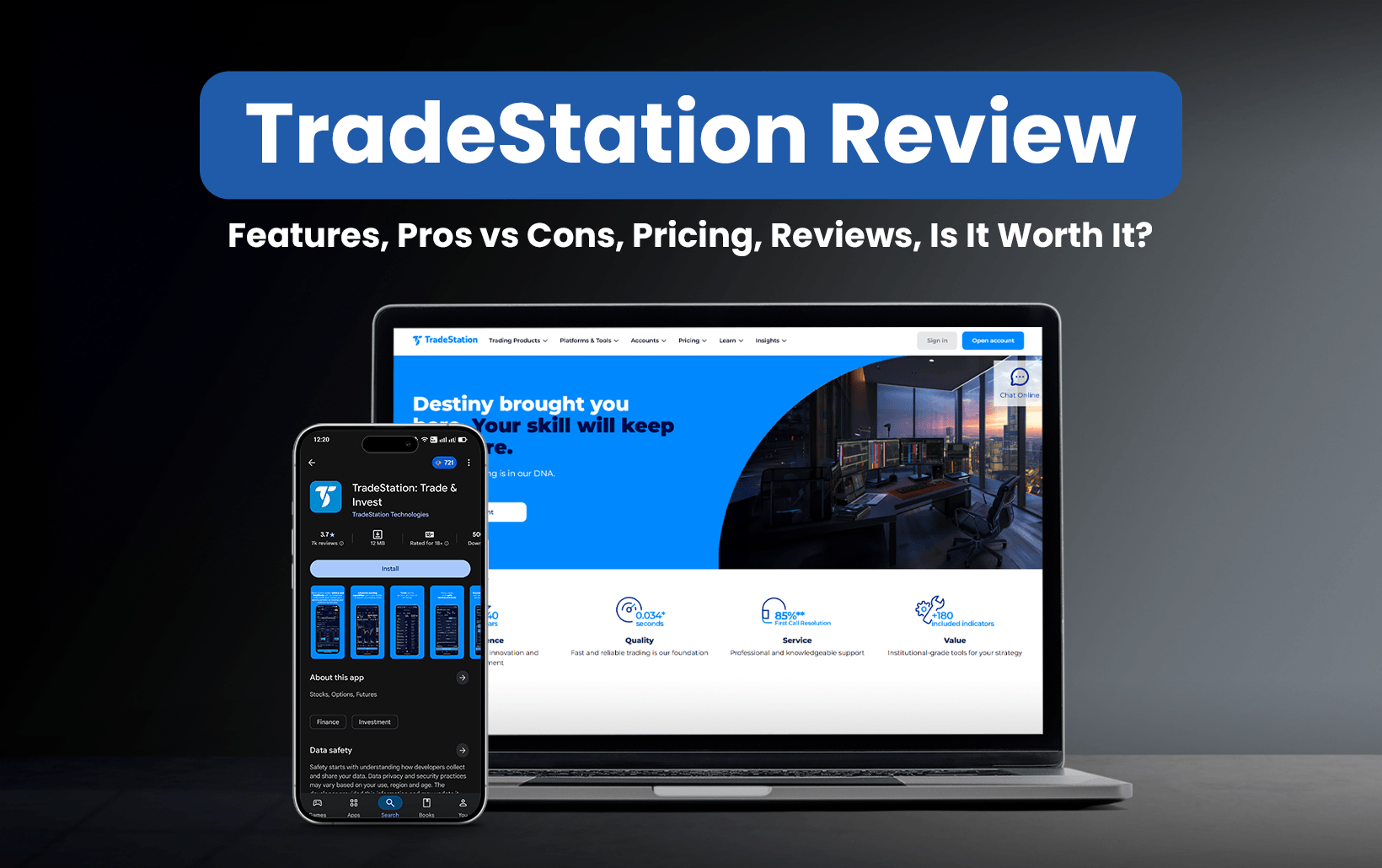
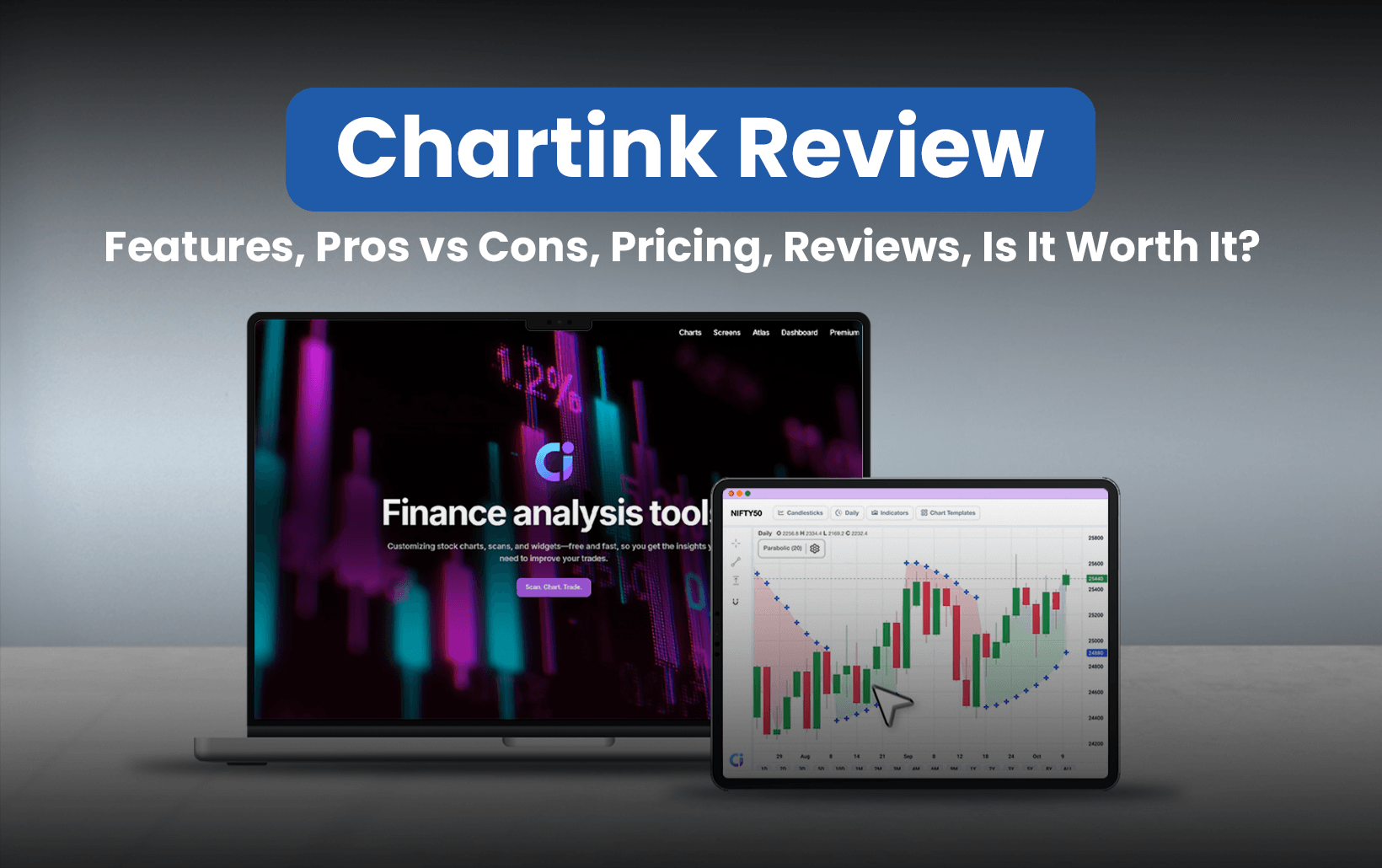



![85 Common Stock Market Terminologies for Dummies [Updated List for 2026] 10 85 Common Stock Market Terminologies for Dummies [Updated List for 2025]](https://www.strike.money/wp-content/uploads/2025/04/Popular-Stock-Market-Terms-for-Beginners-Banner.png)




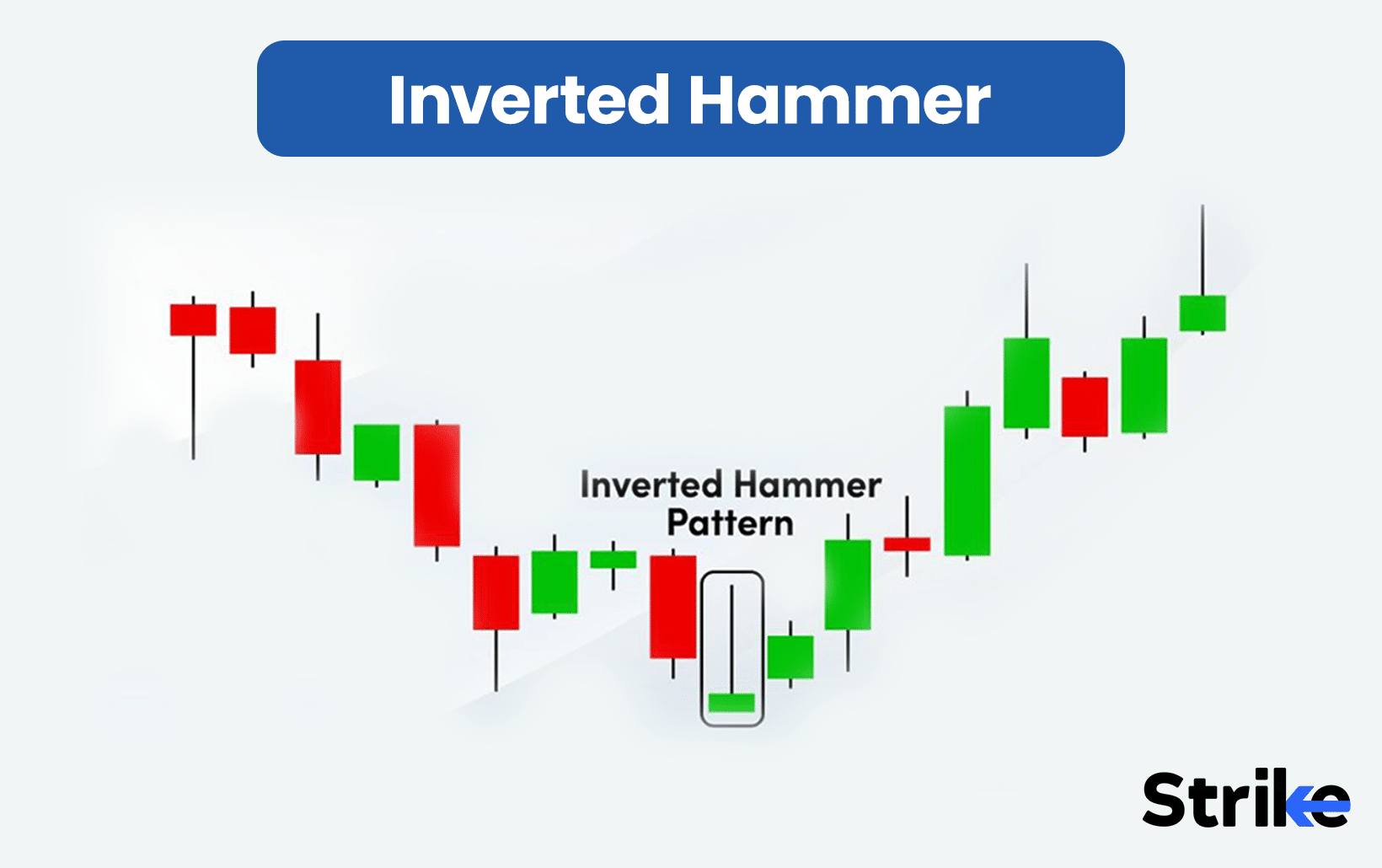
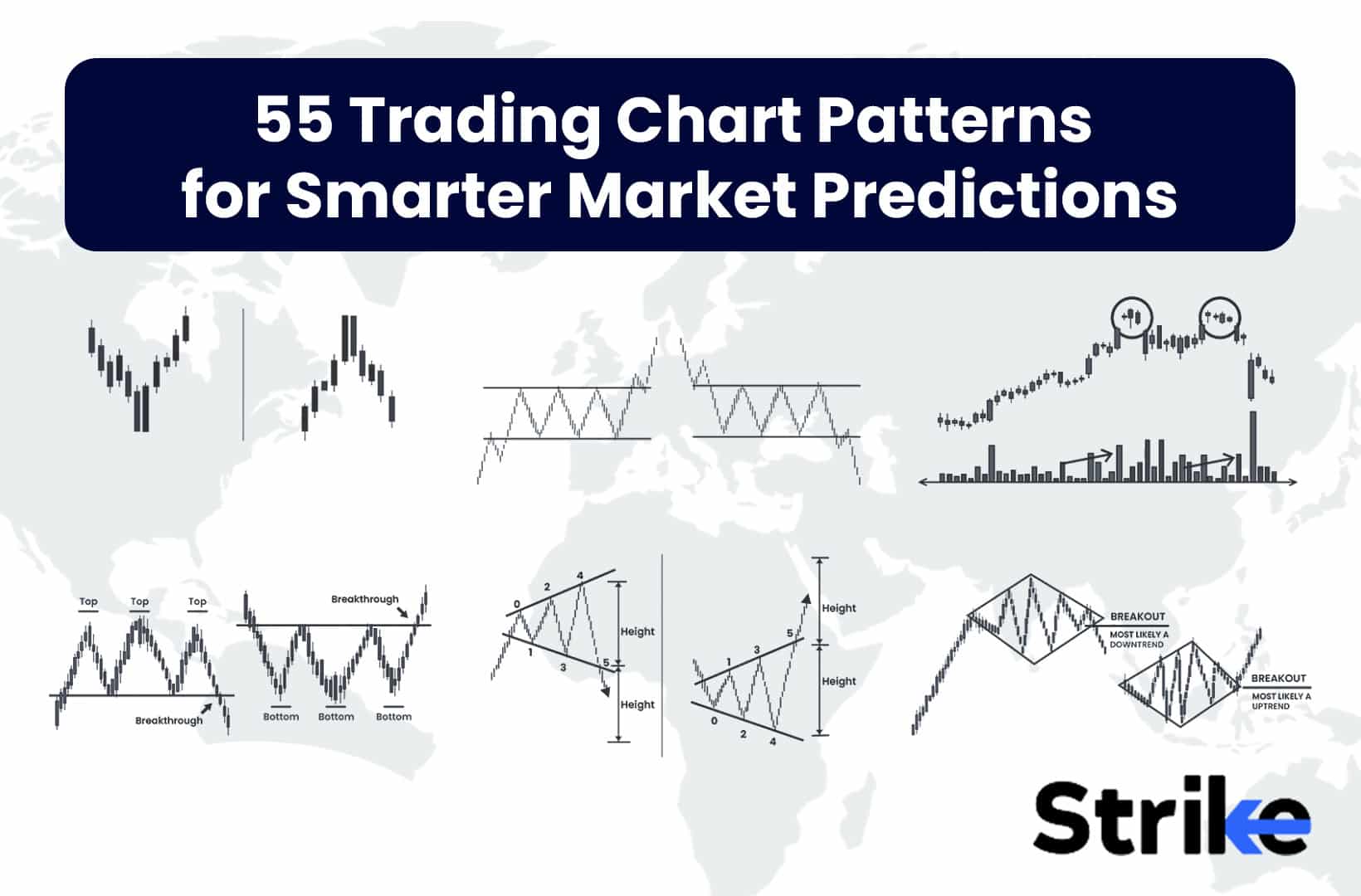




No Comments Yet.